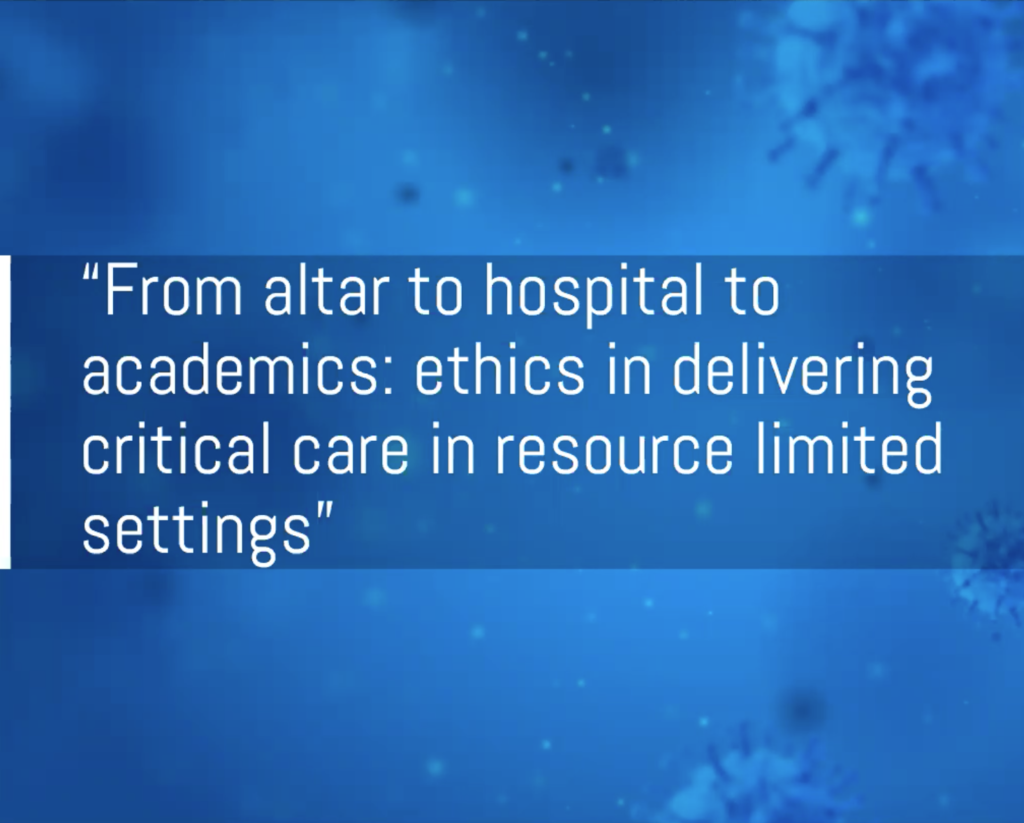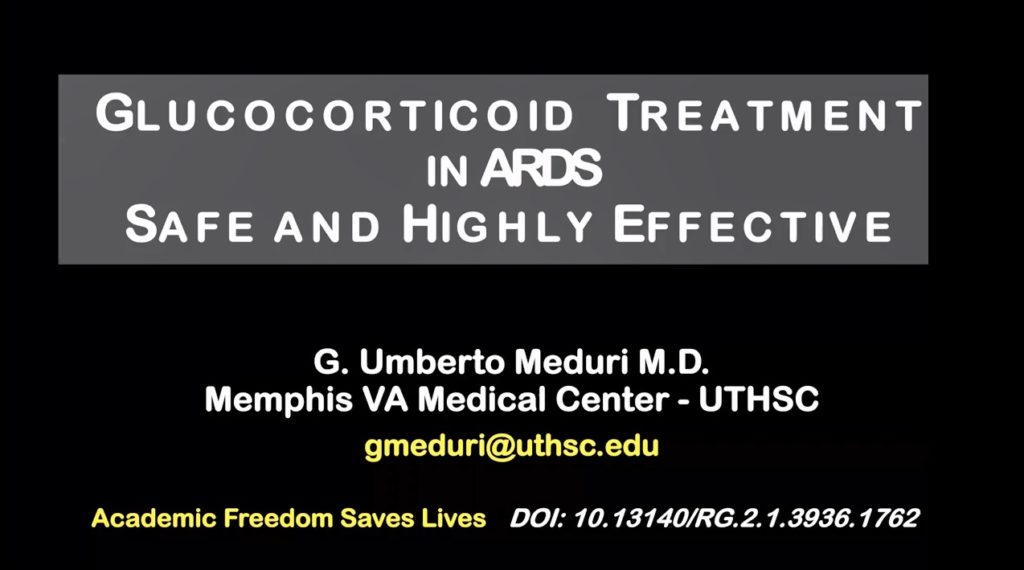Welcome to the first posting of ECMOvember!! Our hope is that over the next several weeks we can take you through a journey to not only introduce the process of extracorporeal membrane oxygenation, but perhaps to just make the world of critical care just a little more ECMO-centric….
We start with a lecture that will introduce the many ingenious ways to oxygenate a patient when the ventilator simply isn’t enough. As an introduction, I am an ED doc, now cleverly disguised as one of the second year critical care fellows here at the University of Maryland. Over the past several years I have taken a special interest in ECMO and eCPR, recently travelling across the world in an attempt to master it.
Outside of extracoporeal techniques, there are numerous other ways intensivists have tried to support crashing lungs. Over the next 30 minutes I will take you through a review of the key literature surrounding some of the more recognized and utilized techniques. In the end, I hope that I have given you enough information for you to make your own decisions……. Though some favoritism is expected!
Podcast: Play in new window | Download
Subscribe: Apple Podcasts | RSS
Pearls
- NMB: Trend to ↓ mortality and ↑ P/F ( mostly in SEVERE ARDS)
- watch for myopathy, especially when combined with steroids
- remember train-of-fours
- iNO: ↕ mortality and trend to mild ↑ oxygenation
- watch for renal dysfunction
- try low dose (max 20ppm) for 4 days, expect ↑20% to PO2
- Prostglandins: ??? Jury is still out
- no solid RCT
- Steroids: ↓mortality (+ ↑vent free days, ↓ICU LOS, ↓MODS, ↑P/F….)
- best in early ARDS (<14 days), should see results by treatment day 3
- Type 2B recommendation
- Prone: ↑ oxygenation. AND ↓ mortality
- cheap, easy and safe IF you have a well trained staff
- watch for ETT loss, facial edema, loss of chest tubes
- RM and PEEP: ↔ mortality; ↑ oxygenation
- watch for hypotension and VILI, especially with high Pplat
- try 40 cmH2O for 40s (40+40)
- ECMO: Trend to ↓ mortality and ↓ICU LOS
- more research is needed STAY tuned!!
Suggested Reading
- Peek GJ, Clemens F, Elbourne D, Firmin R, Hardy P, Hibbert C, Killer H, Mugford M, Thalanany M, Tiruvoipati R, Truesdale A,Wilson A. CESAR: conventional ventilatory support vs. extracorporeal membrane oxygenation for severe adult respiratory failure. BMC Health Serv Res 2006;23(6):163.
- Collins SR and Blank RS. Approaches to refractory hypoxemia in acute respiratory distress syndrome: current understanding, evidence and debate. Respiratory Care 2011; 56:10):1573-82.
- Raoof S et al. Severe hypoxemic respiratory failure- Part 2- nonventilatory strategy. Chest 2010; 137(6): 1437-48.



